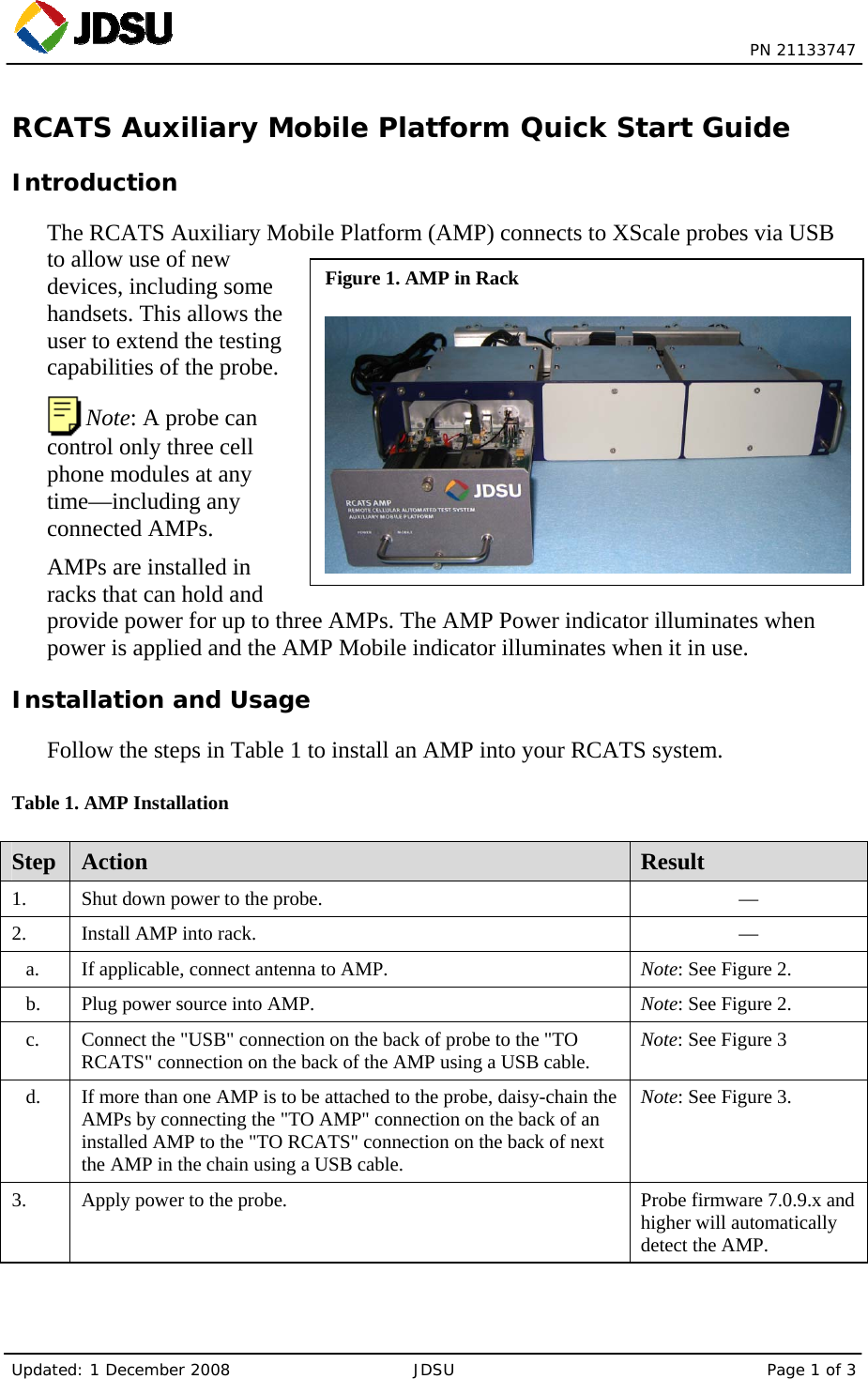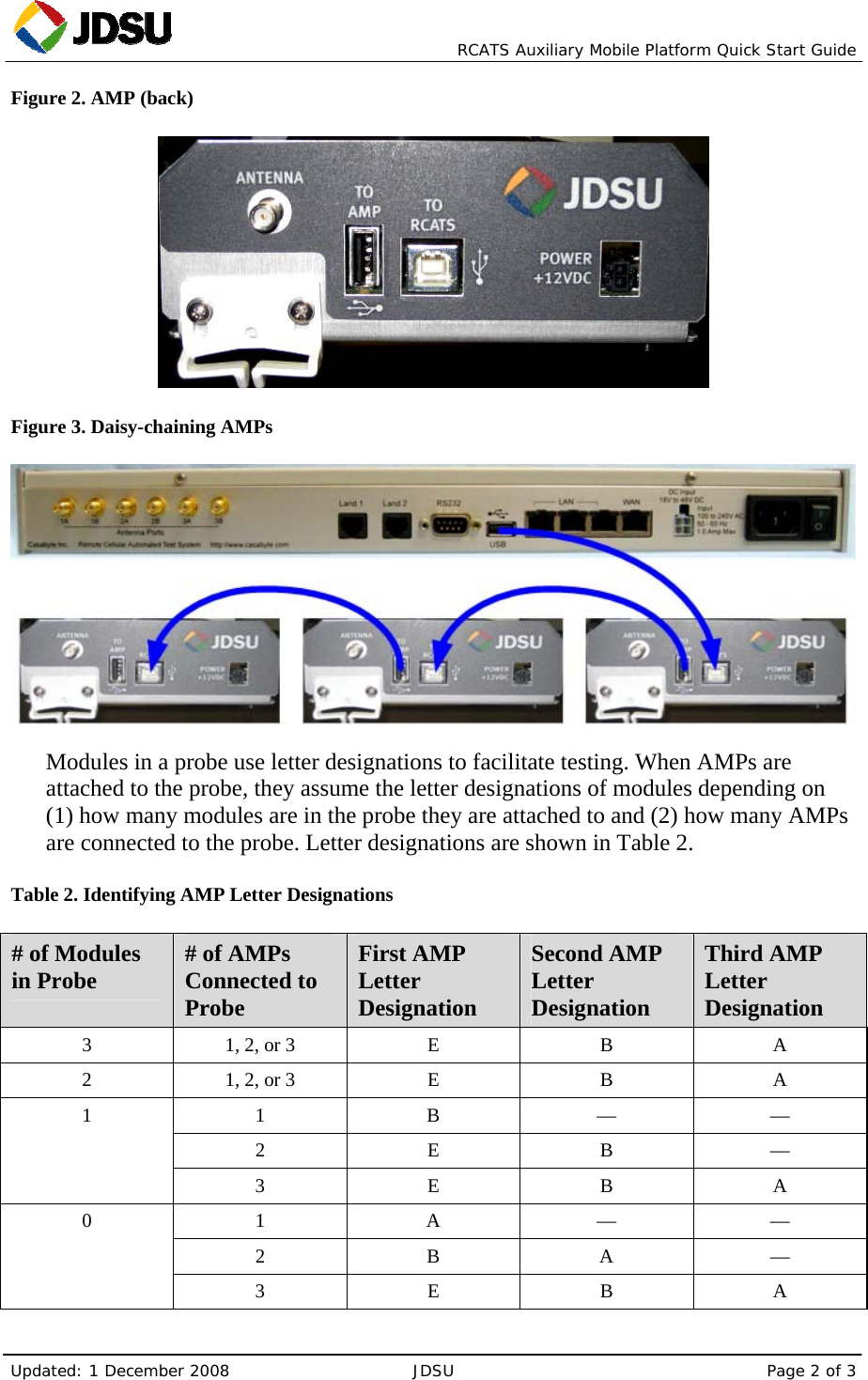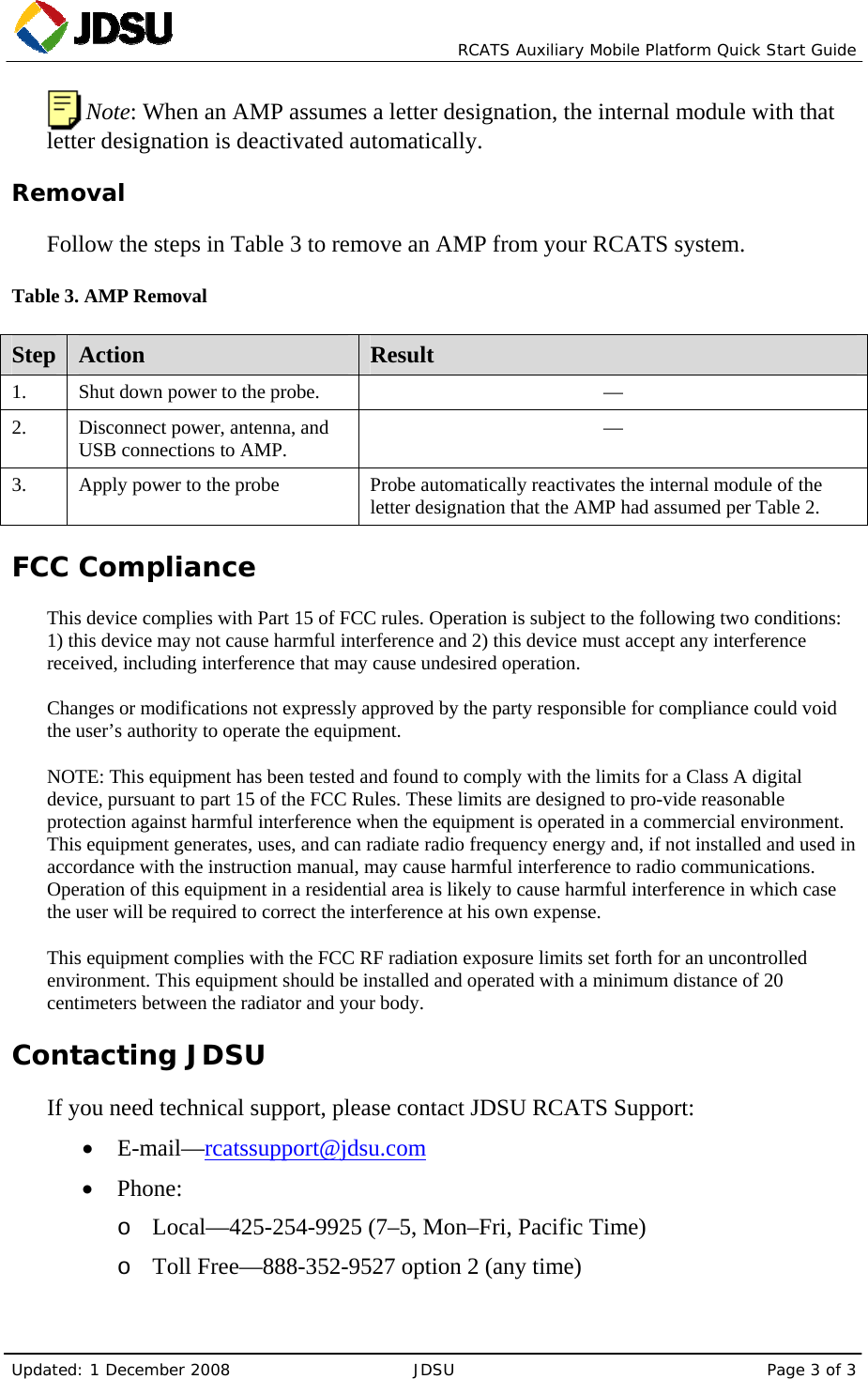Viavi Solutions RSS002-0000 Cellular/PCS CDMA Phone with Bluetooth User Manual RCATS Auxiliary Mobile Platform Quick Start Guide
Viavi Solutions Inc. Cellular/PCS CDMA Phone with Bluetooth RCATS Auxiliary Mobile Platform Quick Start Guide
User Manual


